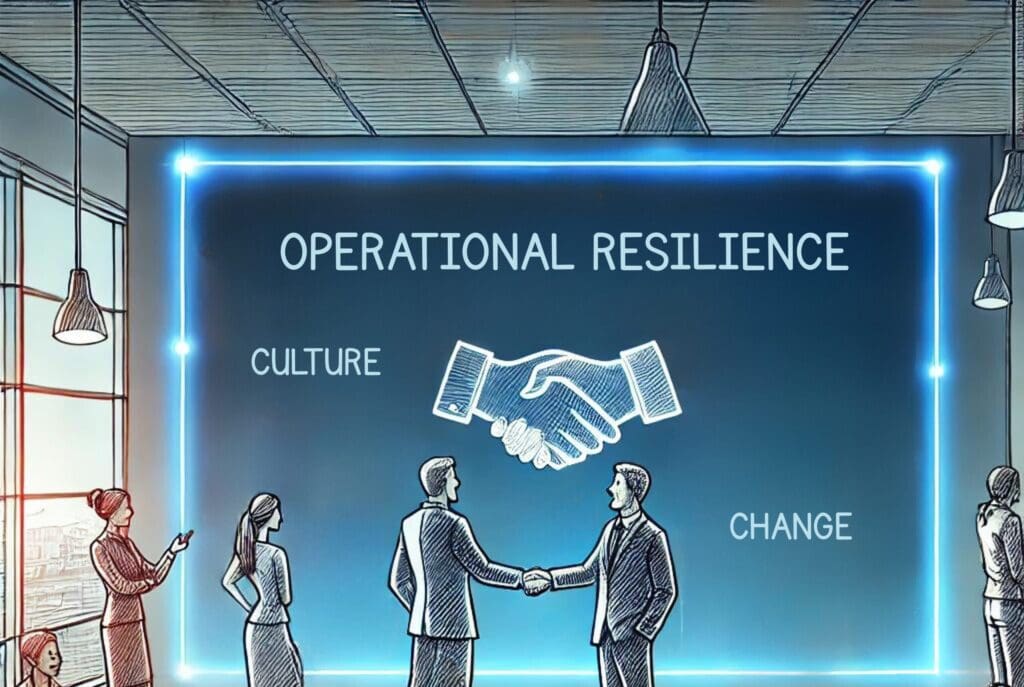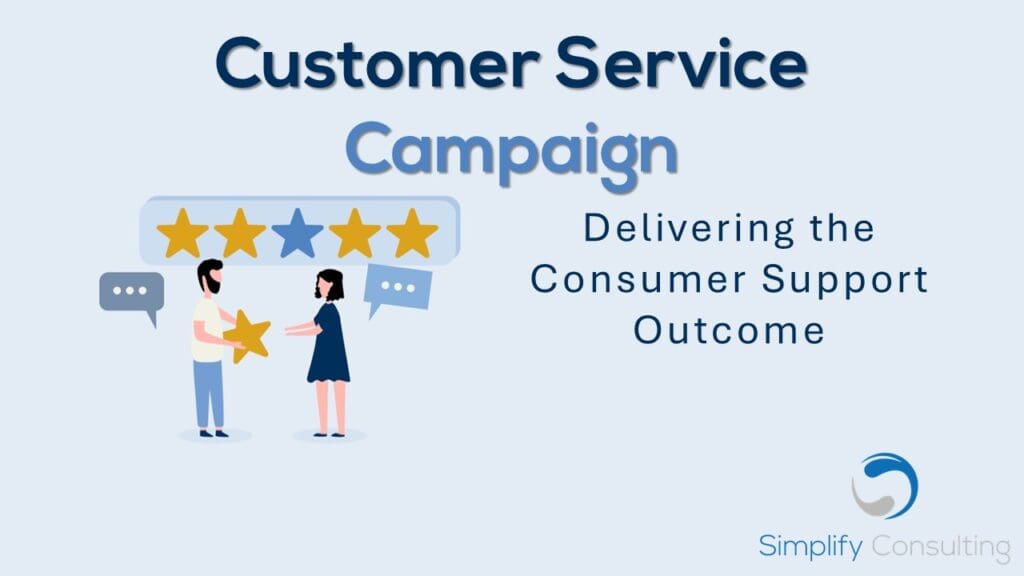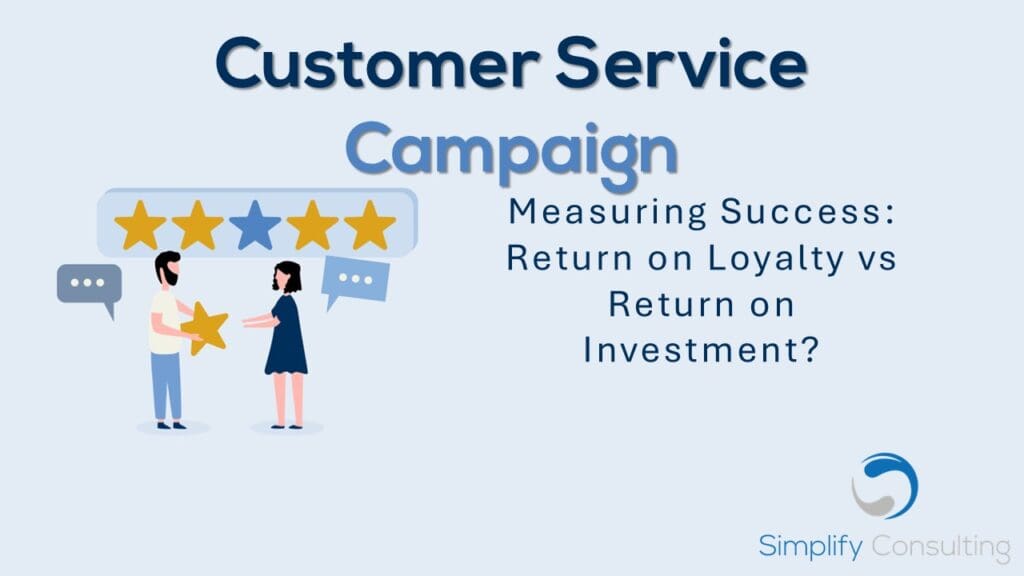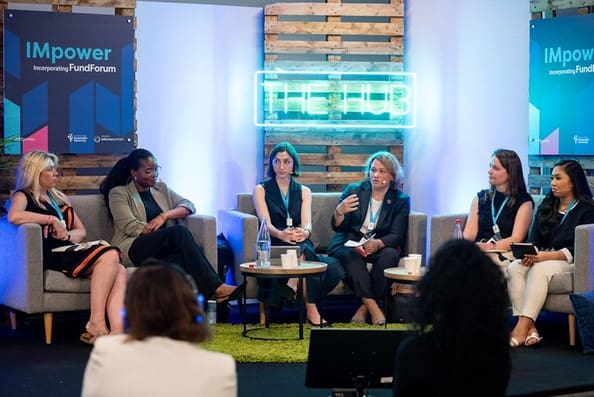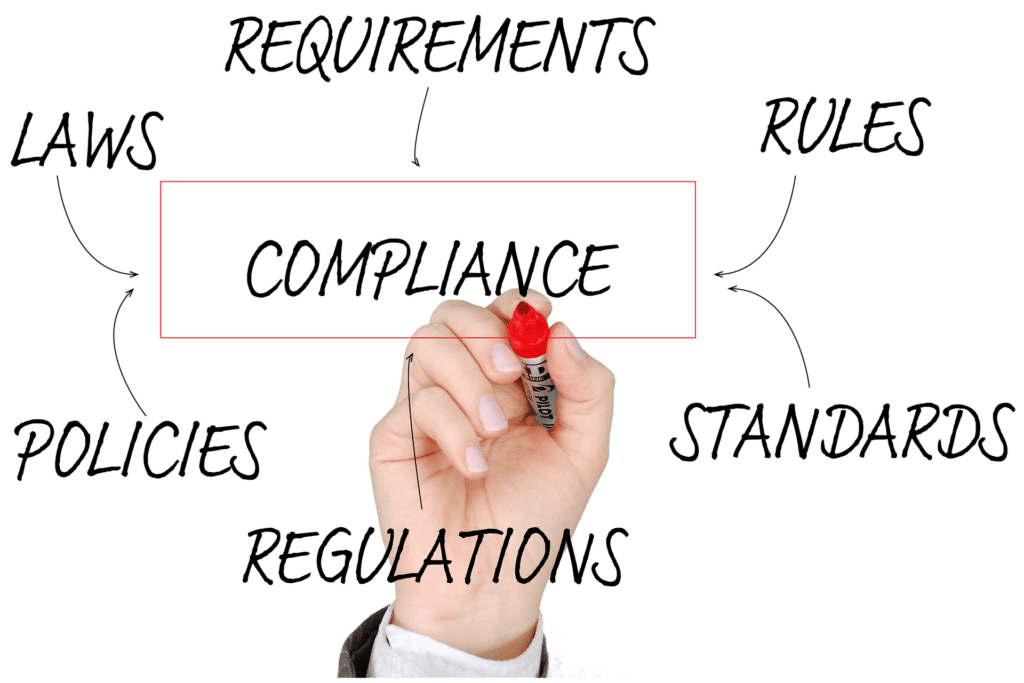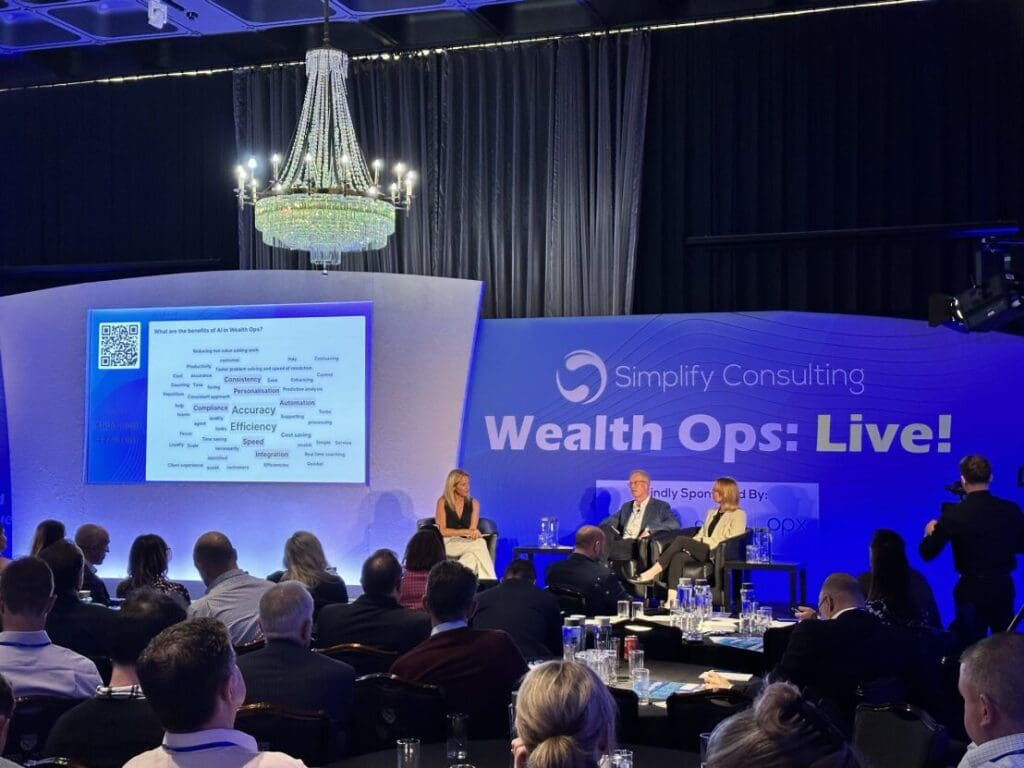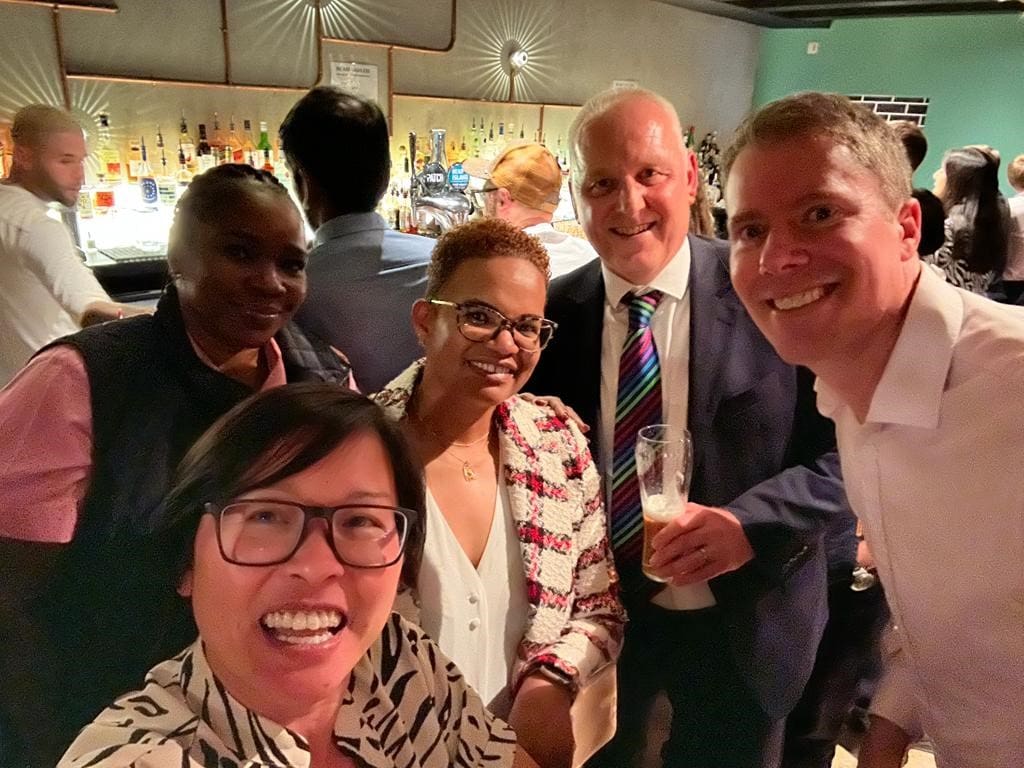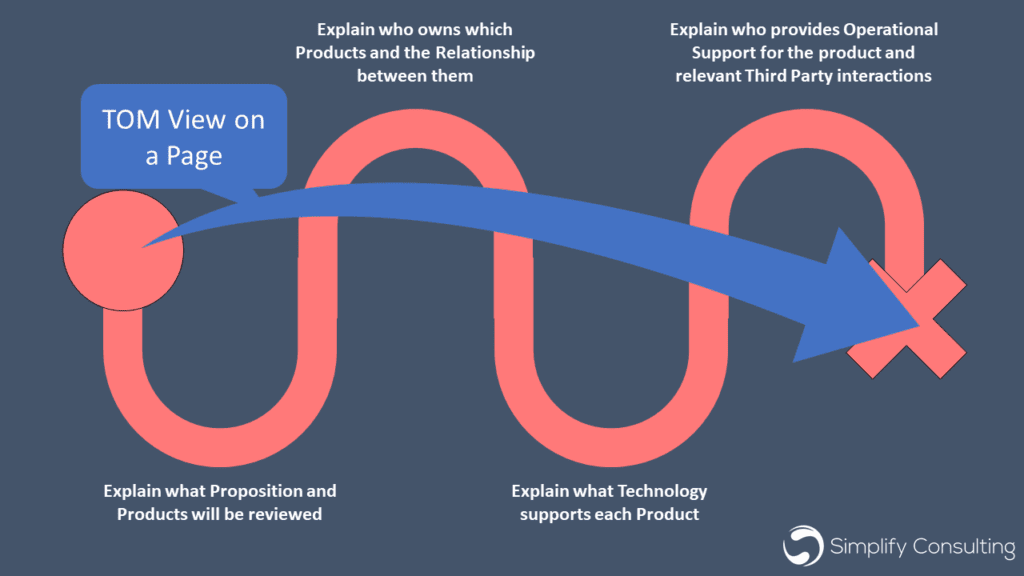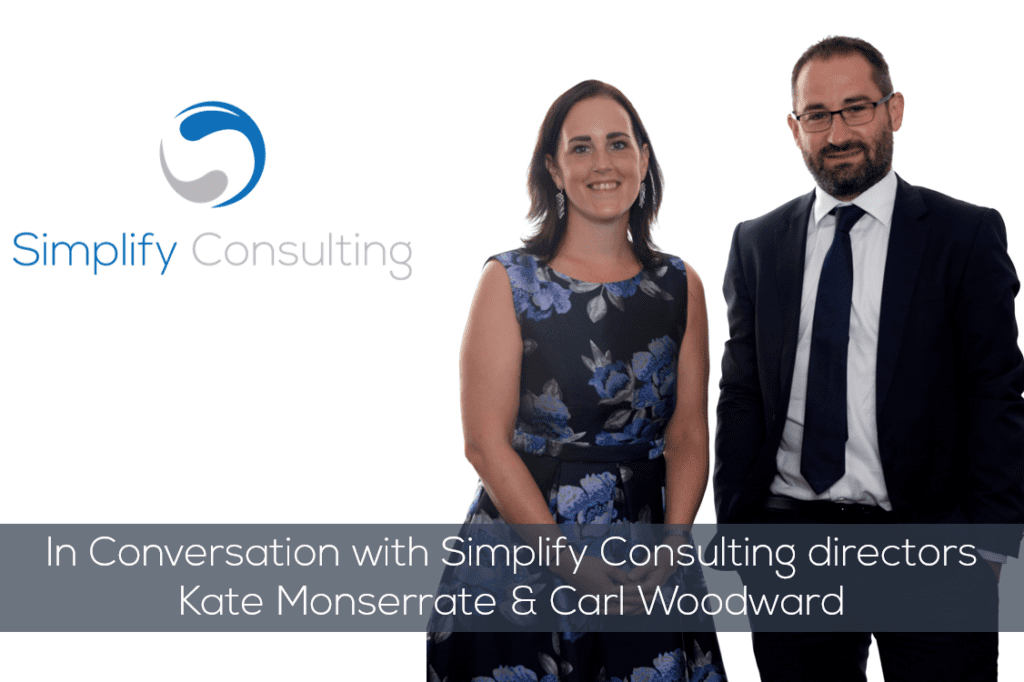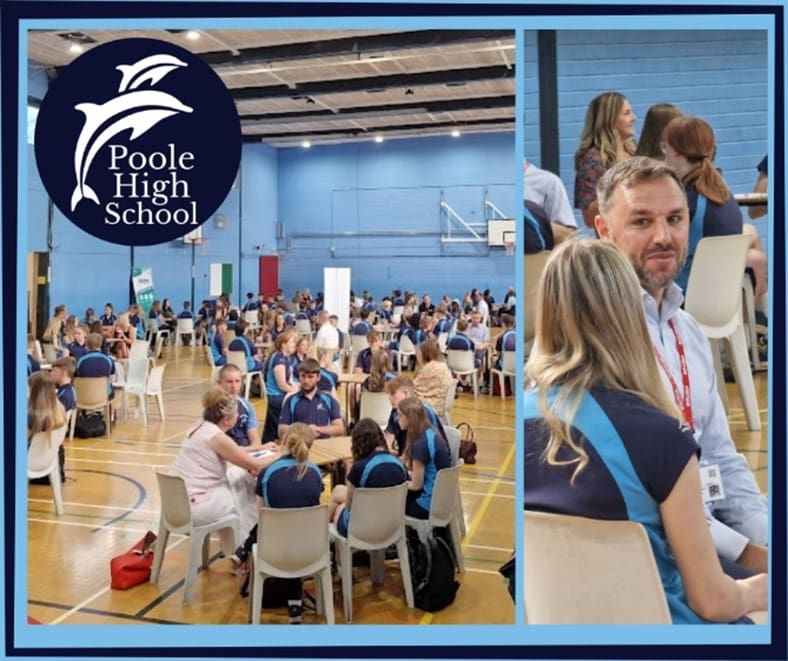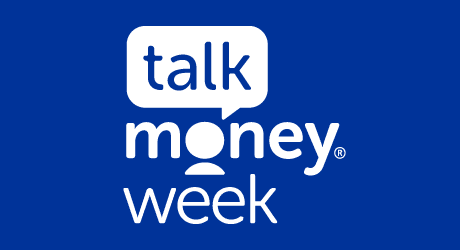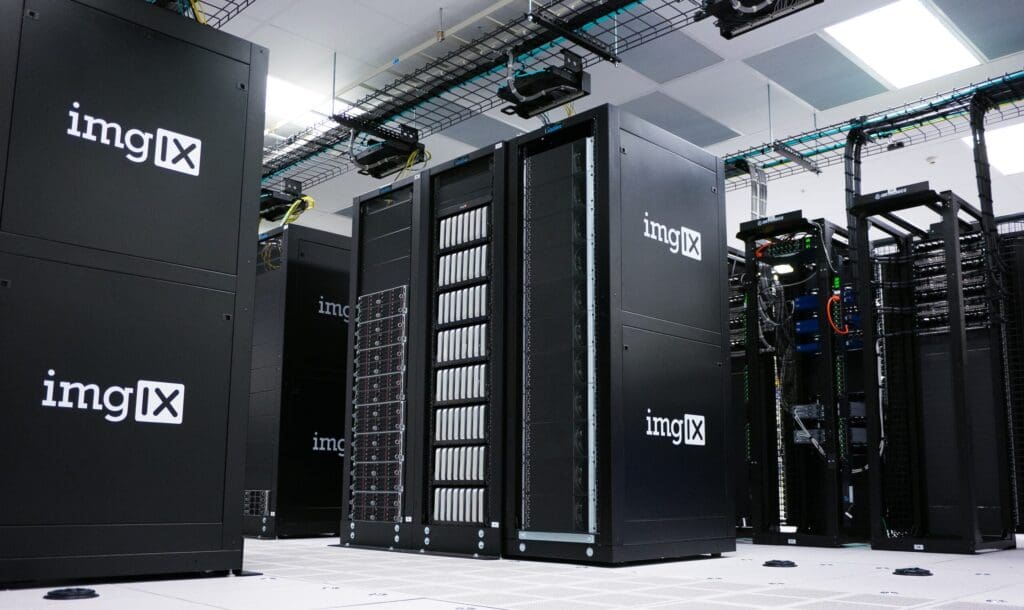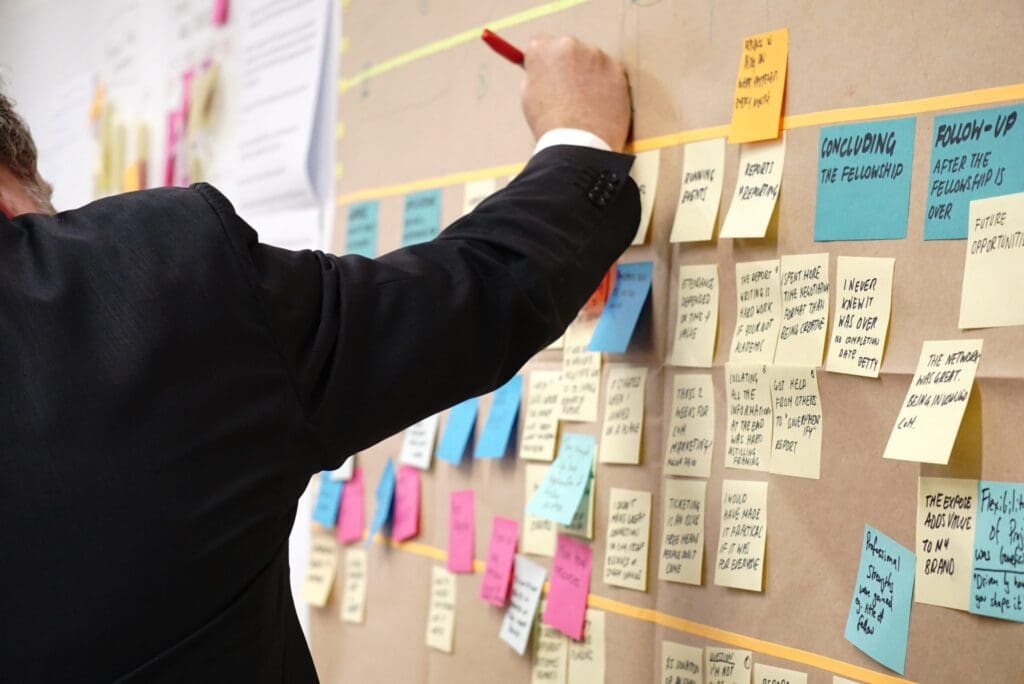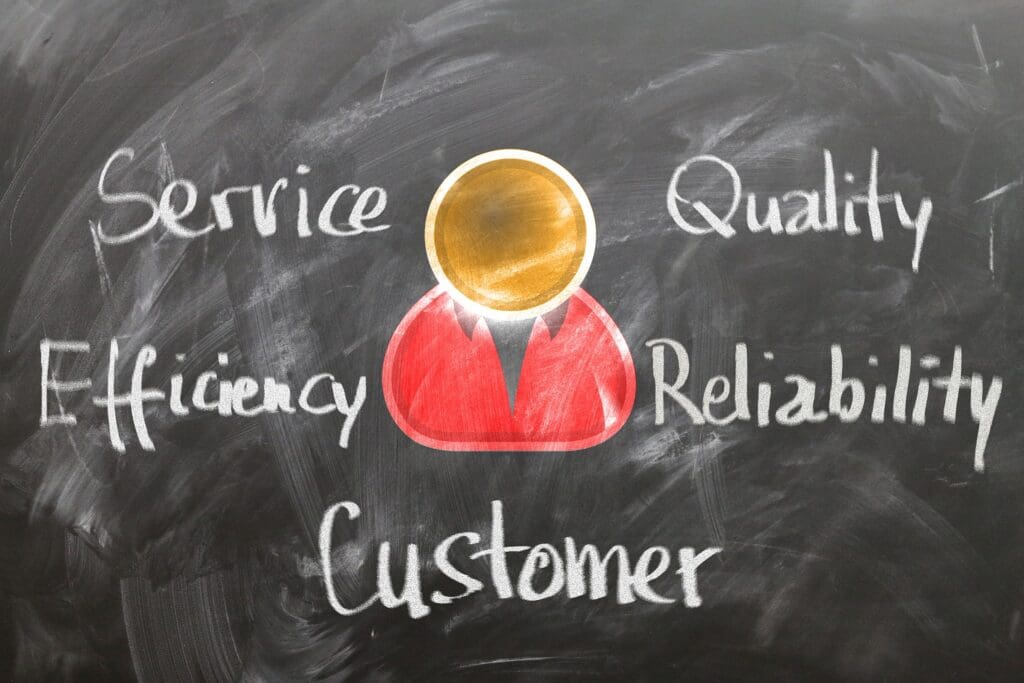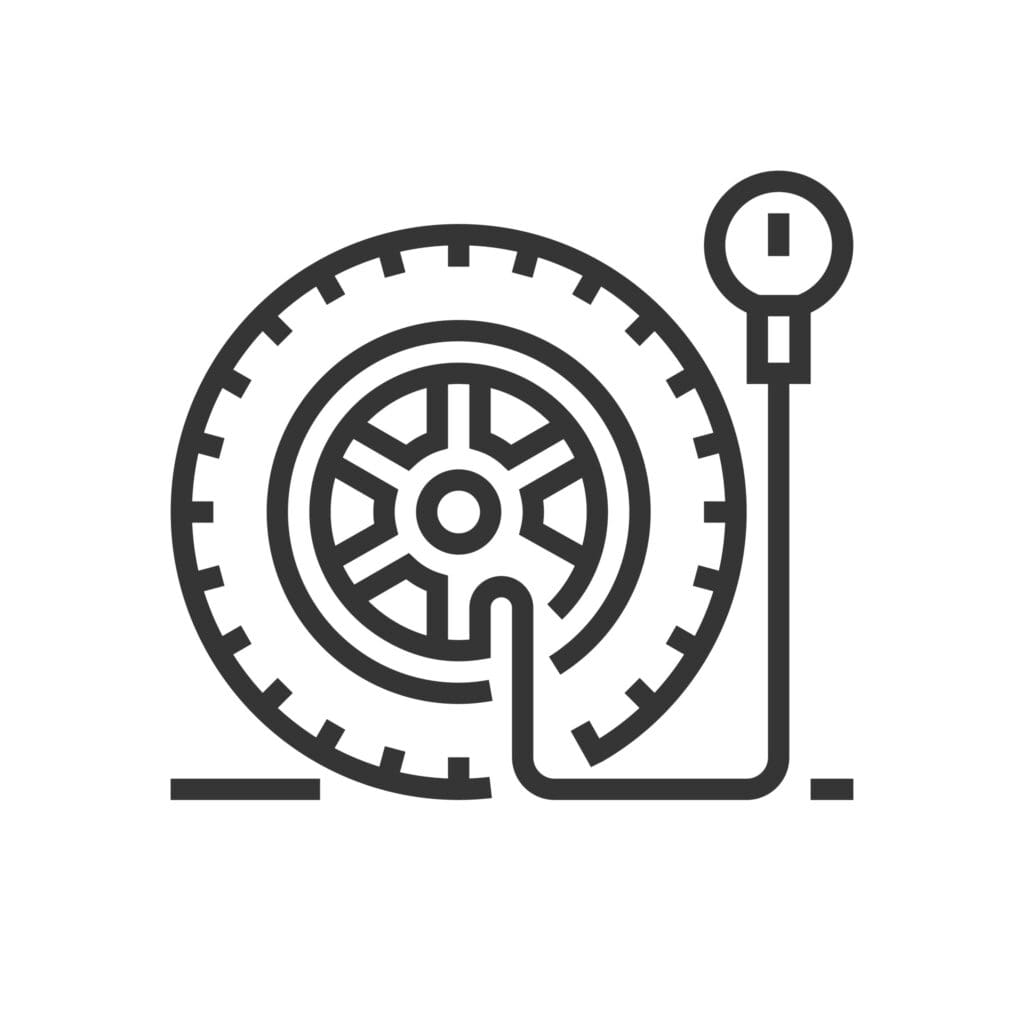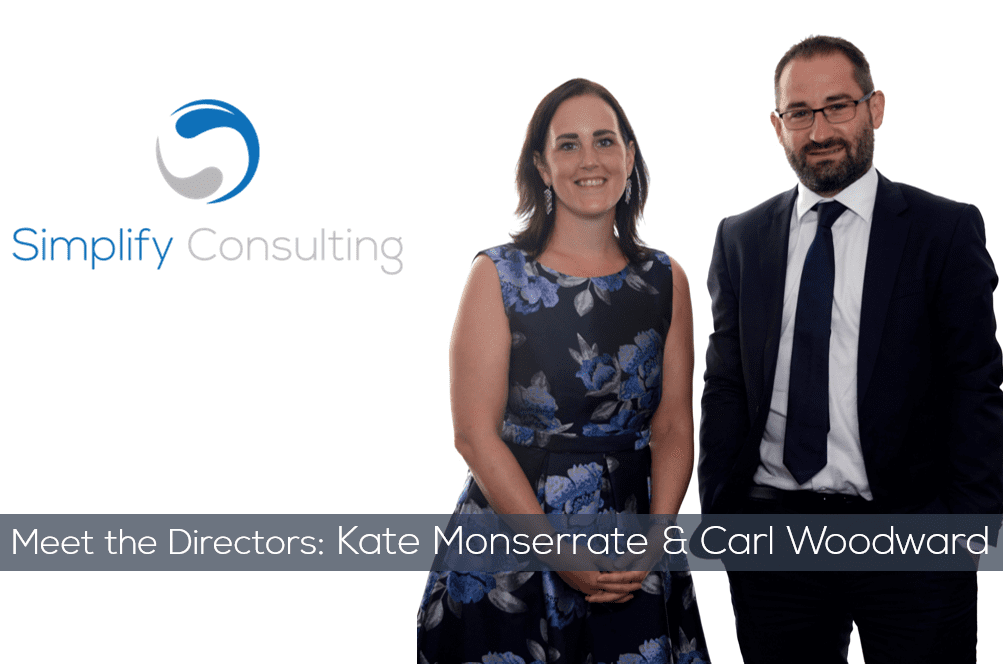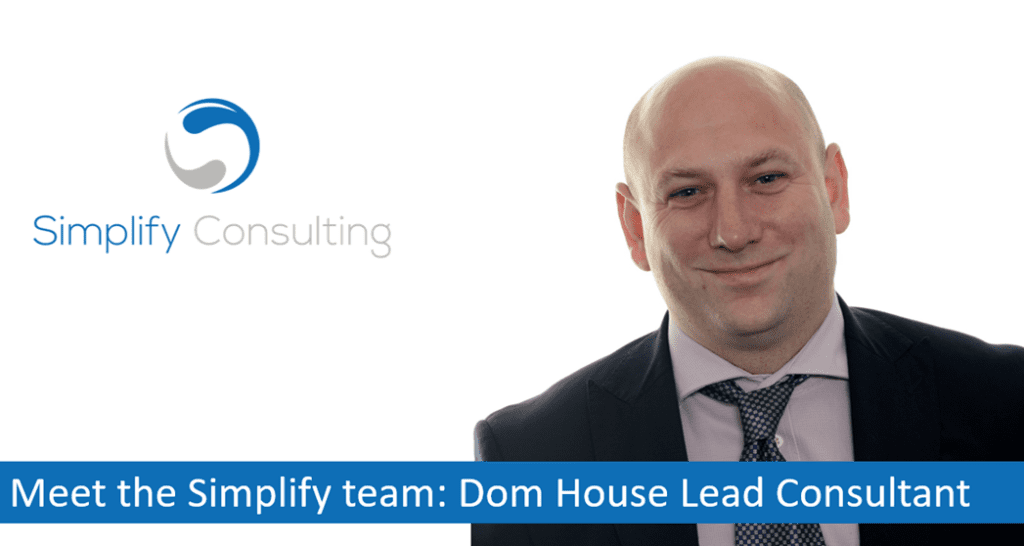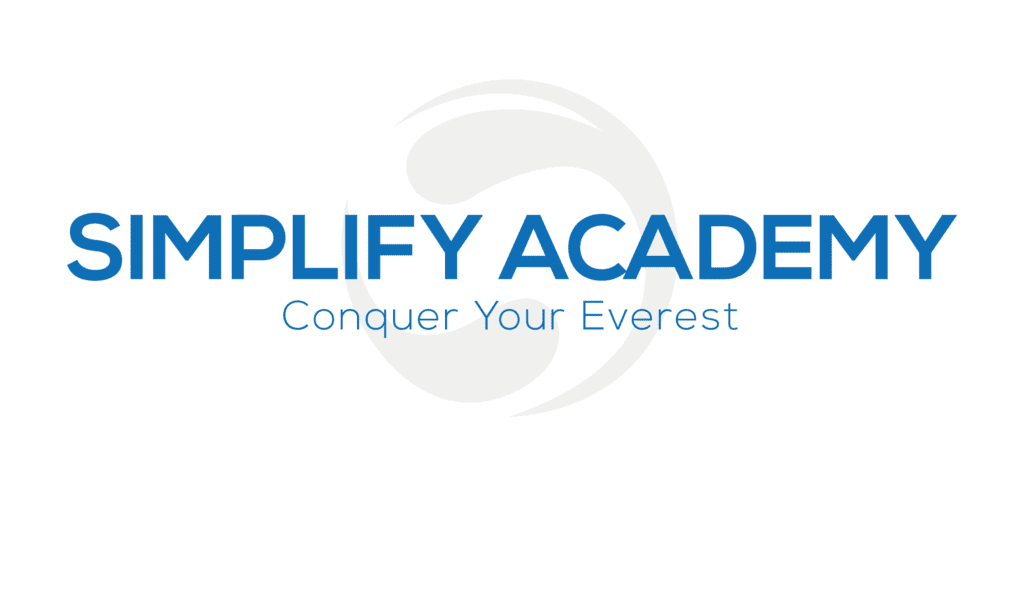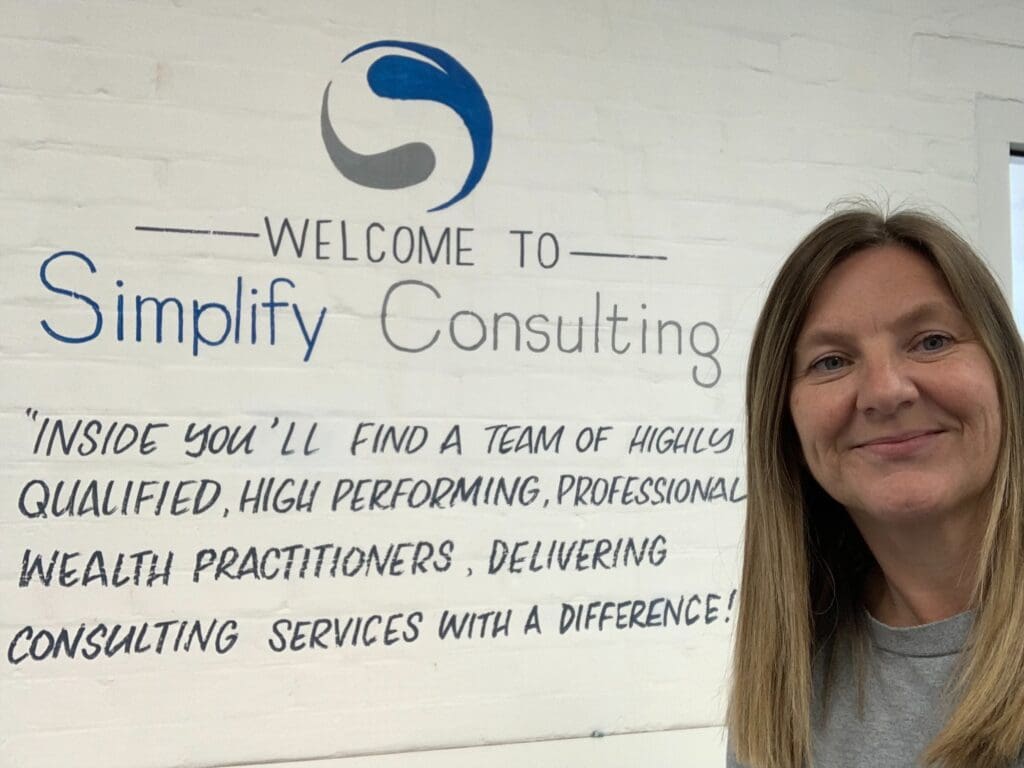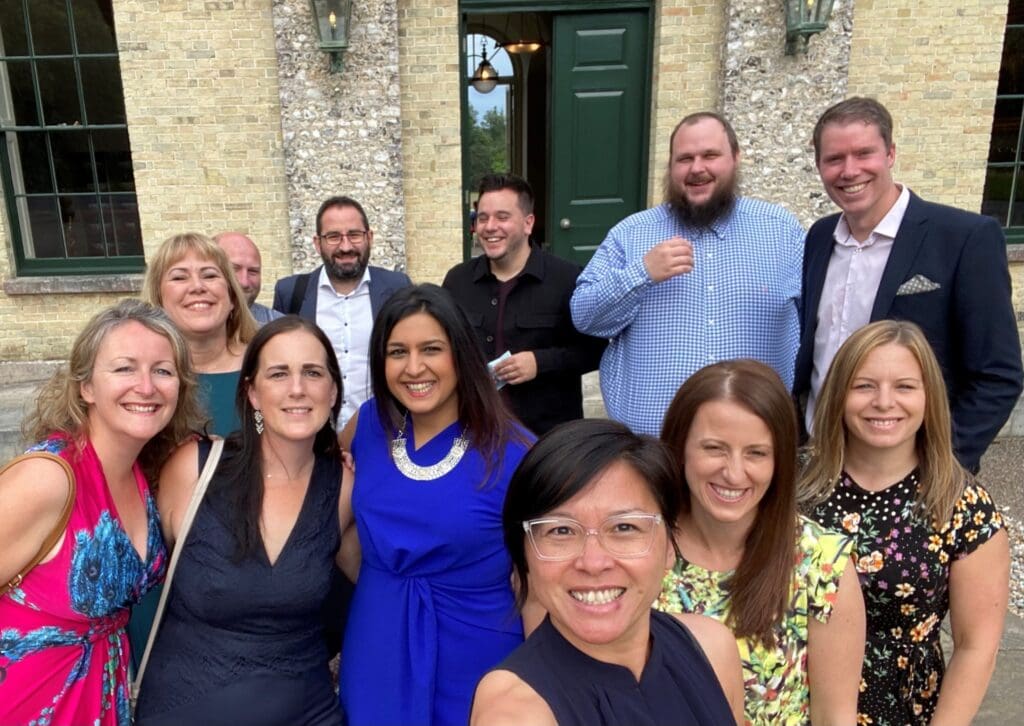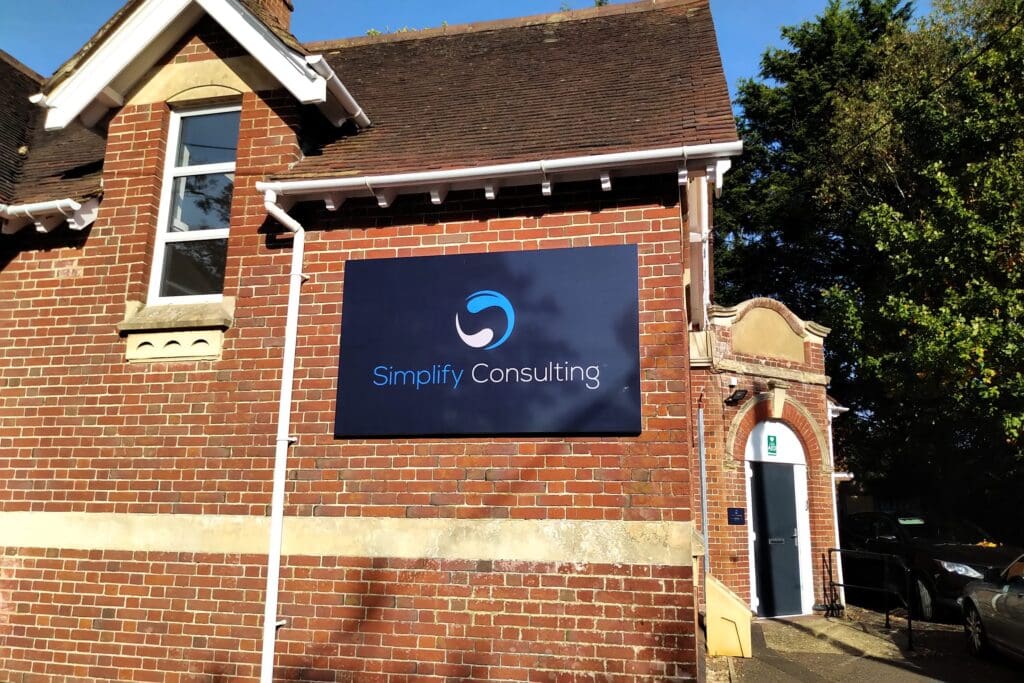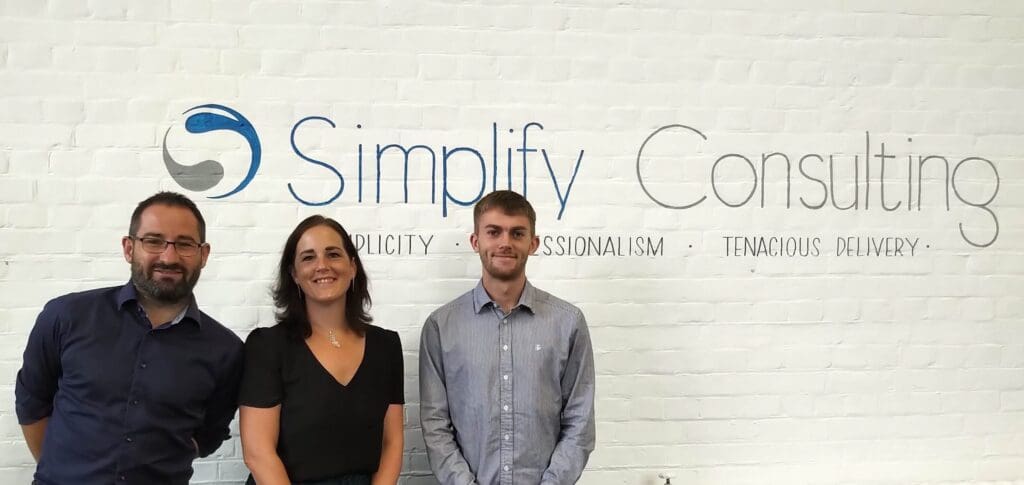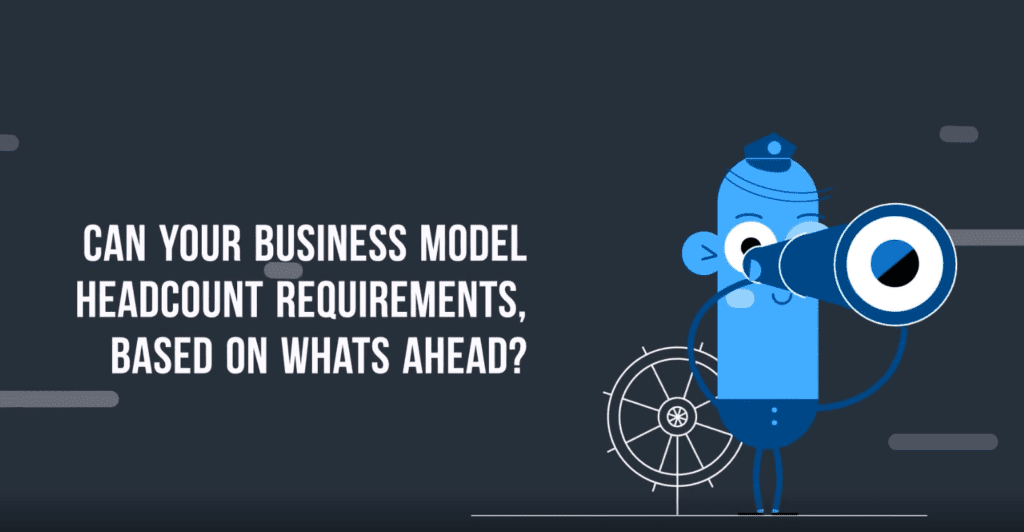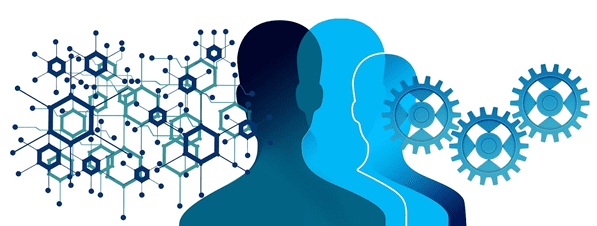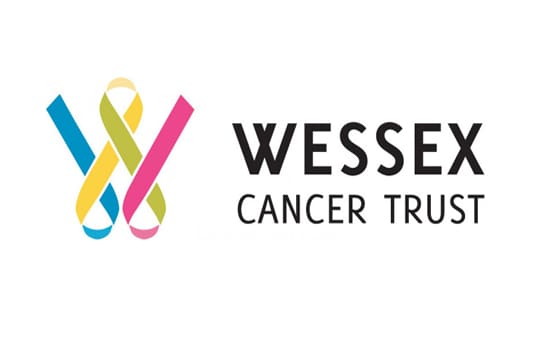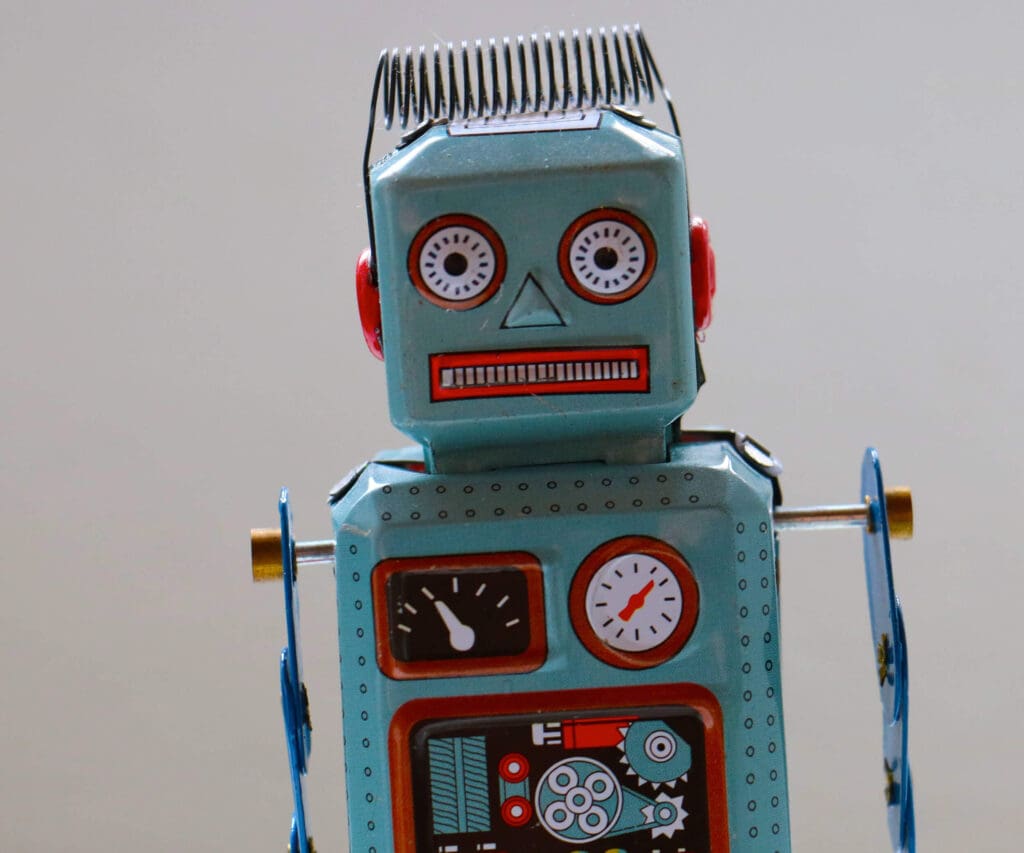Our recent Wealth Ops: Live! Conference in October looked at the changing face of wealth operations and how organisations are utilising advances in technology to leverage integrated systems to improve processes and drive better outcomes for customers. However, the reality for many operational teams is that before they can get to that desired end state, they are faced with a myriad of issues in their existing processes. Legacy from previous change initiatives, such as workarounds or system bugs can create inefficiencies in processes and consume a higher proportion of resources in certain areas. In addition, there is often a level of resignation within operations teams that there are limited avenues available to challenge and change existing solutions to make them work better.
Whilst some changes will struggle to justify a business case, some of the workarounds do have a compelling case for funding, and often there are options which are easy, and cheap to implement, but just lack the push to get resolved.
It’s important that when we’ve found those high priority changes and developed a plan to resolve the biggest challenges that we also help the operations team to adopt that change mindset going forward. Continuous improvement can be cliché, but it’s vitally important that when operations teams are being pushed to do more with less, that those working directly on the systems, or following the processes feel empowered to make suggestions and create improvements. Those end users are usually the ones who know first hand where the biggest problems lie.
One of the biggest challenges we see are that the Operations team and the IT teams are not aligned, don’t talk often enough, and when they do, they aren’t always speaking the right language.
Adopting a Change Mindset:
Whilst it’s true that legacy systems are still widely used, we are seeing more and more movement towards more use of open architecture, with more configurable systems. Where legacy systems exist we know that improvements can be introduced without huge IT changes through the use of Robotic Processing Automation (RPA), and potentially with wider adoption of AI. Ultimately, there are more avenues available now that there were even a few years ago to improve how processes function.
Operation teams should embrace the ability they have to suggest and implement changes. Not only does there need to be channels for these suggestions to be recorded and taken forward, there is a cultural point about leaders championing change suggestions, and rewarding suggestions that deliver real value for the business. It’s also important that right skills and experience are brought into operations team so that there are people who are able to question existing ways of working and identify new ways of doing things. The change mindset that is required within operations so that operations do not have to be at the mercy of wider change budgets and the resources that come with larger projects. It also means that operations teams can continue that journey once the project has been wrapped up.
Increasing Collaboration:
Operations can’t achieve this alone and need the support of delivery partners that can help navigate the ideas and suggestions they have. Not only are IT able to help understand the art of the possible, but they are also going to be able to understand what the root cause of the issue is and identify the fix.
Close collaboration between Operations and IT needs to be built in the operating environment of the business. It’s important that strategy and priorities agreed at the top level of an organisation feed through the layers so that at the team level there is an understanding of where the biggest challenges are to that strategy. Regular contact so that both teams have a common purpose and can agree on the areas of focus should allow for that strategy to be put in to action and doesn’t rely on the big ticket projects and programmes to drive the benefits. This collaboration allows for the ideas and suggestions can be categorised, prioritised and quantified so that there is a clear agenda and roadmap for improvement. Having ‘champions’ within business areas can act as a focal point for IT change and help building stronger relationships between the teams, and eventually lead to IT becoming more embedded within operations as a whole.
Delivering lasting benefits
Identifying where the effort should be spent is a large part of getting this right, but there needs to be clarity on what the problem is and what the solution should look like. Assumptions of how things are done, or why things are done can lead to the wrong focus. IT teams need to spend time with the business to understand what their challenge is, or what they would like to see in the future. Developing a common language that allows for the requirement to be clear, with not only the ‘what’ being documented, but also the ‘how’ and the ‘why’. Missing those key elements could lead to functionality being developed, but put in the wrong place, or driving the incorrect behaviour. This is in part down to the correct documentation being developed, with non-functional requirements such as usability having the focus it needs, but it also means teams working closely together, sitting and going through the process, talking through the problem, allowing for the solution to be developed collaboratively and iteratively, rather than in a black box which the end users aren’t privy to.
We all know that the scale and pace of change is increasing. Organisations that can adopt a culture and way of working which integrates BAU and change are going to be in a much stronger position to navigate change than one that relies on wider change projects to deliver value and benefit to the organisation. Developing and nurturing that culture is challenging, but rewarding for organisations that can get it right.

Thomas Shearwood
Consultant










